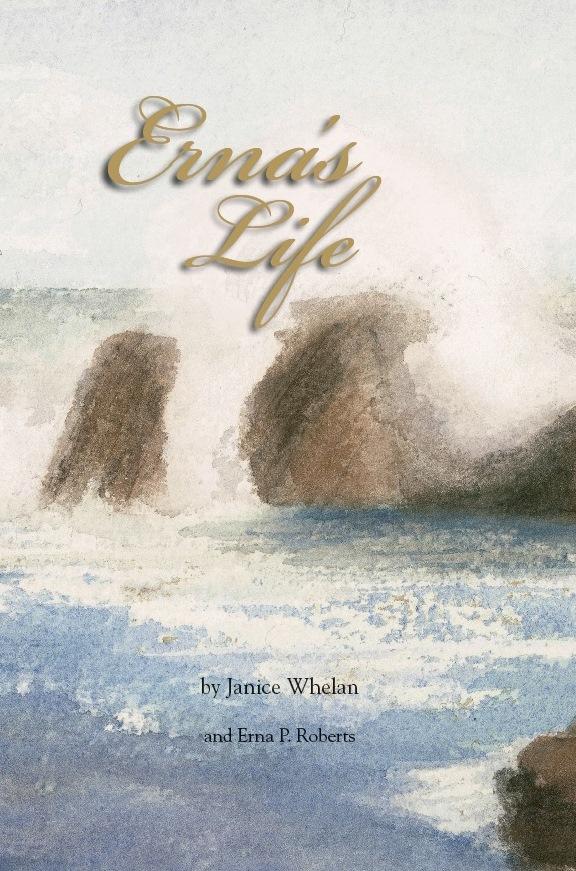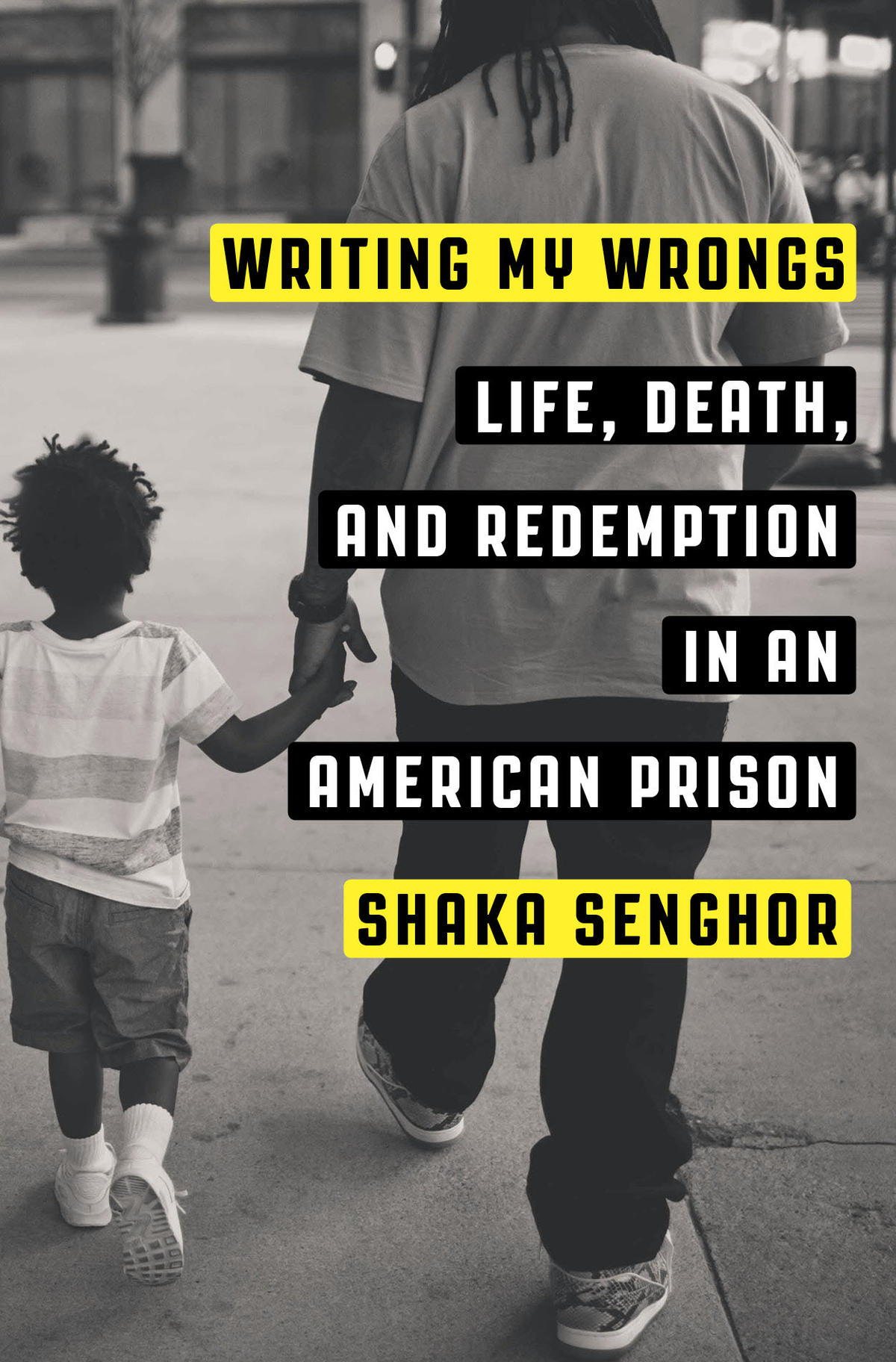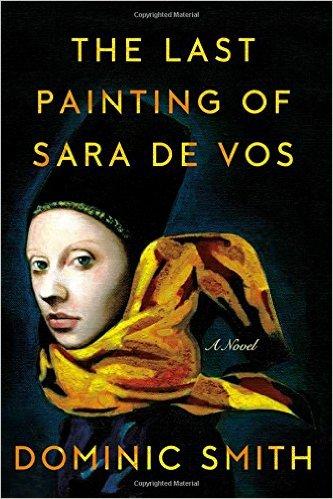by Zinta Aistars
for WMUK 102.1 FM
Southwest Michigan's NPR affiliate
Between the Lines is my weekly radio show about books and writers with a Michigan connection. It airs every Tuesday at 7:50 a.m., 11:55 a.m., and 4:20 p.m. (or listen anytime online), on WMUK 102.1 FM, Southwest Michigan's NPR affiliate. I am the host of Between the Lines.
This week's guests: Janice Whelan and Erna Roberts
Southwest Michigan's NPR affiliate
Between the Lines is my weekly radio show about books and writers with a Michigan connection. It airs every Tuesday at 7:50 a.m., 11:55 a.m., and 4:20 p.m. (or listen anytime online), on WMUK 102.1 FM, Southwest Michigan's NPR affiliate. I am the host of Between the Lines.
This week's guests: Janice Whelan and Erna Roberts
 |
Janice Whelan and Erna Murmanis-Roberts
CREDIT DAWN COCHRAN
|
Erna Roberts was only 22, and expecting her first of four daughters, when she watched Soviet tanks roll down the streets of Latvia’s capitol city, Riga. In the coming days, she would lose her home, her family would scatter, and the life she had known would be gone forever. Her mother, grandfather, and 16-year-old brother were captured and deported to Siberia. Her father went into hiding in the woods. Erna and her husband became refugees overnight.
The slim biography, Erna’s Life, by Janice Whelan, is the story of Erna Murmanis-Roberts, a 98-year-old Latvian woman who came to the United States during World War Two as a refugee from the Soviet occupation. Roberts now lives in Adrian, Michigan, where she met Whelan.
“Erna lives in an apartment building three houses down from my home,” says Whelan as she describes why decided to write the book about Erna Roberts’ memories. “I was a high school friend of her youngest daughter, Inara. Then I became adult friends with her third daughter, Zaiga. While Zaiga encouraged the writing of the book, eldest daughter Astride spearheaded the project. The girls had always asked their mother Erna to tell her story. But Erna didn’t want to talk about it.”
Roberts’ four daughters were persistent. They convinced their mother, then 95, to tell her life story, and they convinced Whelan to transcribe it. A retired Adrian Public Schools language arts teacher, Whelan knew a good story when she heard one. She agreed to write the book for Roberts’ family, but found it that it held interest for other people too.
“Growing up next to Erna and her family, I had had no idea what they had been through,” Whelan says. “Erna didn’t want to talk about ...
LISTEN TO THE COMPLETE INTERVIEW. (27:07)






